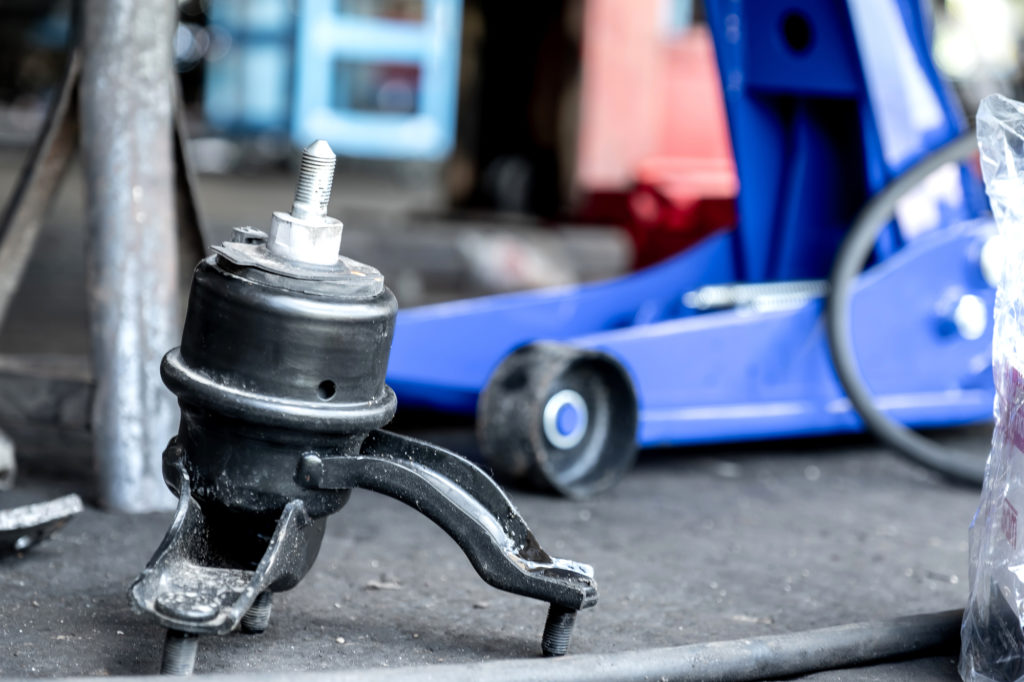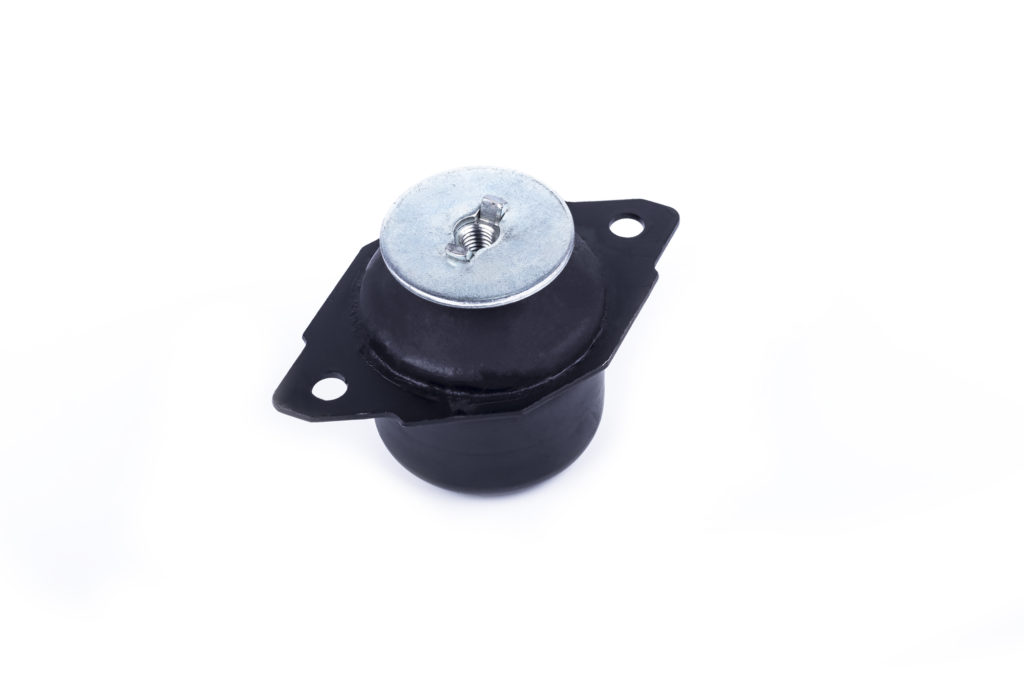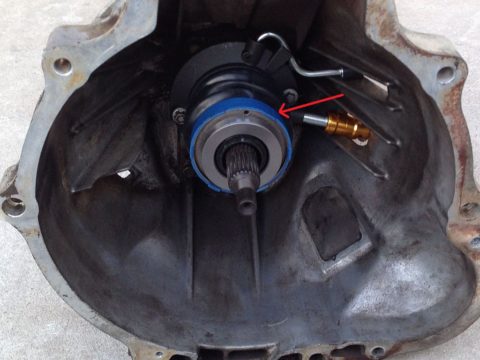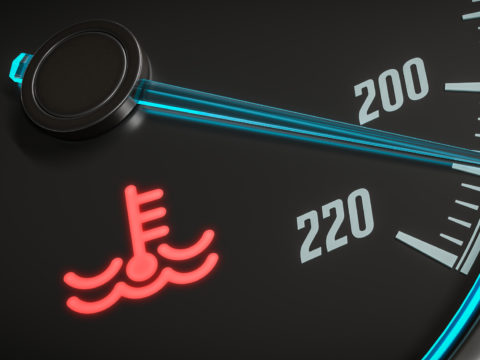Did you know that transmission experiences wear out more than any other mechanical part during the lifespan of your vehicle?
An effectively functioning transmission is as crucial to a vehicle as its engine.
So we’re going to share some steps to help you easily diagnose a malfunctioning transmission mount.

Transmission mounts are circular metal components that help keep the transmission in place. It uses elastic squares to prevent the vehicle from vibrating and shaking while operating at optimum levels.
Contents
What do transmission mounts do?
A transmission mount helps to secure and support the main engine driveshaft.
The driveshaft is part of the engine crankshaft which runs through the transmission and connects with the rear axle in the vehicle.
The driveshaft turns with the speed of the engine and engages with the transmission gears to affect transmission operation.
The mounts serve as an insulator between the vehicle frame and the engine components.
Where are transmission mounts located?
It is common to find transmission mounts located perpendicular to the centerline of the vehicle in front-wheel-drive cars, SUVs, and minivans.
In rear-wheel-drive cars and trucks, there is generally a pair of transmission mounts located on either side of the engine for support. You will also find a single mount at the back of the transmission.
Typical symptoms of a bad transmission mount
a) Odd Sounds
It is important to note that vehicle noises vary, depending on your vehicle brand and model. But if you hear a humming, buzzing, whining, or clunking sound then it is most likely a transmission failure.
Automatic vehicles with a malfunctioning transmission will emit humming, buzzing, or whining sounds. Whereas with manual vehicles, a bad transmission can be identified by harsher mechanical noises like clunking.
b) Leaking Fluid
This is the easiest way to identify and diagnose malfunctioning transmission mounts.
Automatic Transmission Fluid (ATF) is a bright red fluid important for transmission. It lubricates the components to minimize friction and prevent overheating. It also serves as a hydraulic fluid enabling gear engagement.
If ATF leaks, the transmission will operate with low fluid and the chances of overheating increase. This is the fastest way for a transmission to malfunction.
c) Vibrating, Grinding, or Jerking
If your vehicle is vibrating or jerking, it’s a sure sign of a malfunctioning transmission.
In manual vehicles, gear grinding is a common symptom. But with automatic vehicles, it starts with a slight hesitation during gear shifting. After some time, the vehicle will begin to vibrate or tremble during gear shifting.
d) Burning Smell
If your vehicle is not leaking, but you smell something burning, then your transmission fluid is most likely overheating due to clutch debris, metallic component breakdown, and sludge.
This is common in vehicles with over 100,000 miles if their transmission fluid has not been flushed or serviced.
e) Not Going Into Gear
Your engine is starting, but you can’t move because your transmission won’t go into gear. This is probably one of the most horrifying things a car owner may experience.
A transmission not going into gear can be due to several factors including incorrect transmission fluid type, internal mechanic failure, or malfunctioning sensors, just to name a few.
What happens when you have a bad transmission mount?
When you have a bad transmission mount, your vehicle will become noisy as you accelerate it.
You may even experience difficulty steering the vehicle around corners because a bad transmission mount can’t secure the engine.
Your car may start to feel sluggish as if it were transporting a heavyweight in its trunk.
Apart from the above, you will also experience vibration and disturbance when driving.
How to replace transmission mount
It is important to replace transmission mounts that are cracked, worn, or missing to prevent expensive internal transmission repair by professionals.
Our step-by-step guide will help you replace your transmission amount and save you unnecessary costs.
Step 1
Park your vehicle on a flat, hard surface for lifting. Using a floor jack, raise your vehicle high enough, so you can work underneath it.
Raise the tires a minimum of 3 inches off the floor, and suspend the car weight onto jack stands that will not retract under pressure.
It is advisable to use 2 or 4 jack stands to prevent the weight from slipping off the floor jack.
Step 2
Centralize the floor jack’s armature under the transmission pan of the transmission.
Raise the floor jack until the armature has been centred under the transmission pan, and some vertical pressure has been applied.
The weight that’s exerted on the transmission cross member and transmission mounts will be relieved if you lift the transmission slightly.
Spray the transmission mounts with penetrating oil and leave it to absorb for at least 5 minutes.
Take a ratchet and open-end wrenches to loosen the transmission mount bolts. The bolts seal the rubber transmission mounts to the transmission or transmission bracket.
Step 3
Lift the floor jack until the bolts of the mounts can be removed with the mounts. Generally, the top nut is loose, and the bolt will drop from the bottom.
Once the transmission is off the mounts, the previous mounts can be removed.
Clean the section of the cross member where the new rubber transmission mounts will be placed. You can use a screwdriver to scrape any dirt and oxidation away that will prevent the new transmission mounts from sitting flat against the cross member.
When inserting the new mounts, use a floor jack to raise the transmission high enough off the cross member.
Slide the new mounts in place. They will be taller than the old ones, as they are not worn out.
Step 4
Put a transmission mount bolt from the bottom and lower the floor jack until the transmission is on top of the rubber shock absorber of the mount.
Loosely tighten the mount nut on the bolt by hand. Repeat the steps for the other transmission bolt. Lurch the tightening of the transmission mount bolts to ensure equal pressure is applied.
Now lower the floor jack from under the transmission pan. Then allow the new transmission mounts to suspend the weight of the transmission.

What happens if you don’t replace bad transmission mounts?
If you don’t replace a bad transmission mount and continue driving your vehicle, it can result in serious damage.
Your transmission could break, detach, and fall away from the vehicle. This will only make it more complicated and costly for you to fix.
Transmission Mount FAQs
Can a bad transmission mount cause hard shifting?
Yes. Hard shifting is a common symptom of a bad transmission mount, especially with automatic vehicles.
How long do transmission mounts last?
The transmission mounts last approximately between 60 000 to 100 000 miles, or even longer.
Are engine mounts and transmission mounts the same?
No, engine mounts and transmission mounts are completely different components. However, they both share a similar purpose, which is to prevent excessive vibration.
Engine mounts are more substantial as they are designed to absorb more vibration than transmission mounts. Transmission mounts have the same function, they also secure the transmission within the vehicle’s frame.
How much does it cost to replace a transmission mount?
New transmission mounts can cost anything between $50 and $150 per mount for the parts. The labor can cost $200 to $450. The cost will depend on the model of your vehicle and the brand of the mounts.
How long does it take to replace transmission mounts?
It takes approximately one hour to replace each mount, and vehicles have three transmission mounts. So in total you are looking at three hours.














